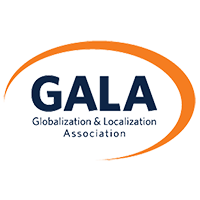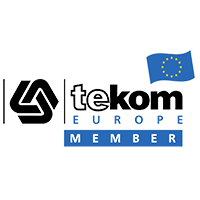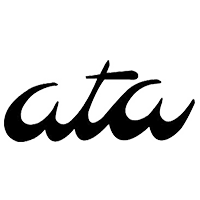Translate Your E-learning Content in 6 Easy Steps
A key part of taking a company worldwide is the quality translation and localization of corporate training and e-learning materials. Contrary to popular belief, it’s not enough to translate these materials and call it a day – for maximum impact, they need to be culturally adapted to their target audiences.
As globalization continues to accelerate and teleworking increasingly becomes the “new normal”, smart organizations are waking up to the value of multilingual and multicultural e-learning and training content. Here are 6 simple steps to follow that should help you avoid the most typical issues that arise when taking your content global.
Start small
Before you even think about translating your content, you need to understand your global strategy. Start the translation process with the final version of the e-learning course that has been approved by every possible stakeholder as well as your learning and development team. It may be tempting to design courses simultaneously in multiple languages, but it’s not a great idea – there will likely be new feedback from stakeholders right up until the last minute, which will in turn result in plenty of rework.
(Over) prepare
When you’ve got a final version that everyone’s on board with, consider your target audience, foreign markets, messaging, and branding. It’s also a good idea to create some basic guidelines for your e-learning content creators to stick to. Being clear, concise, and simple is always important, so they’ll want to avoid too many idioms, colloquialisms, and cultural analogies. Above all else, pay attention to your visual content and make sure to leave extra space for potential language expansion. And whatever you do, don’t embed text in graphics – it will be difficult to translate later.
Build a solid foundation
It may seem like a skippable step, but you need a glossary for your e-learning courses to provide a list of terms that the linguist must follow for the sake of consistency. It also comes in handy when you need to translate industry jargon, terms that need clarification, and content that is not supposed to be translated. Your style guide should provide clear guidelines on the use of punctuation and grammar, document preferred spellings, and establish a tone and style for all your translated materials
Make your expectations clear
A critical part of the e-learning translation process is making sure everyone stays on the same page, something you can achieve by having a centralized translation system and a single language services provider (LSP) that will use qualified linguists to translate your courses. Maintaining a solid working relationship with your LSP will also help you customize the modules of the translated courses with company branding for future projects.
Get the work done
A good way to start is by selecting a small sample of content to translate in order to test translation accuracy and consistency. This sample should give everyone an idea of how the process works and establish expectations. Your LSP will ideally make use of a translation management platform that will allow linguists to see all the reference materials, the glossary, and the style guide in a centralized system. Subject matter experts (SMEs) should also be invited to review the translation and make comments within the platform, with the suggestions they provide going directly to the linguists working on the project.
Verify and deliver
A proper quality assurance (QA) check will guarantee the best possible translation quality, so be certain that your quality checks make sure all project instructions are followed, all comments are reviewed and reconciled, and that the glossary and the style guide have been followed and updated if necessary. If any additional formatting is needed, be certain that it mirrors the source provided with no content omitted.
The Argos approach
It might take some time and effort to set up these processes, but it will pay off in the long run – especially if you cultivate a relationship with an LSP that’s willing to put in the effort to understand your content and goals. At Argos Multilingual, we can guarantee that your translation will be in the hands of experts who understand your target market. Our linguists and multimedia specialists have the knowledge and experience to create e-learning and training translations that will be engaging and highly substantive, and our decades of experience localizing complex e-learning projects mean that we can suggest best practices and innovative approaches that will save money and improve quality. Visit us to learn more about how we can help you get your global workforce on the same page.




